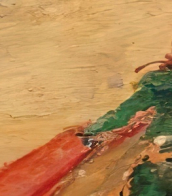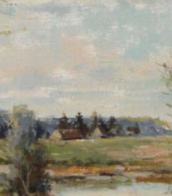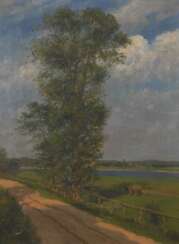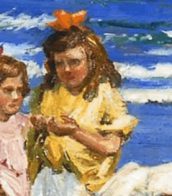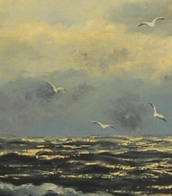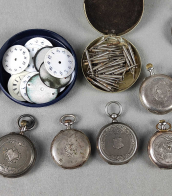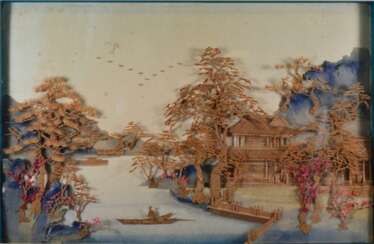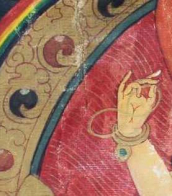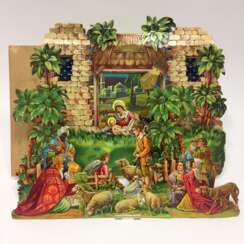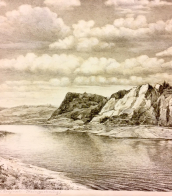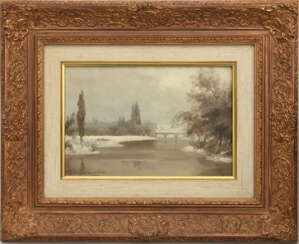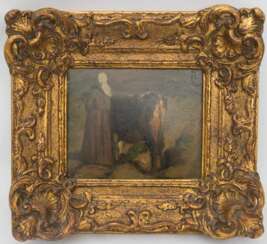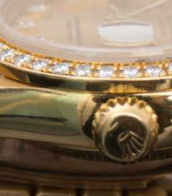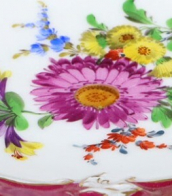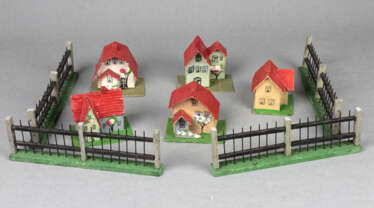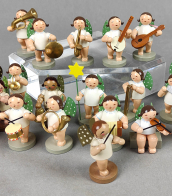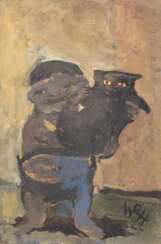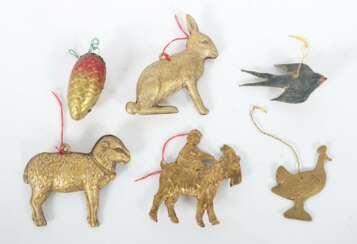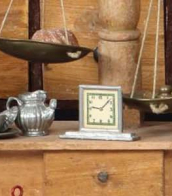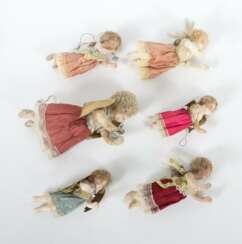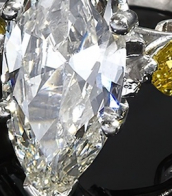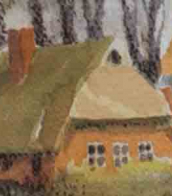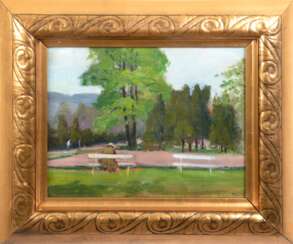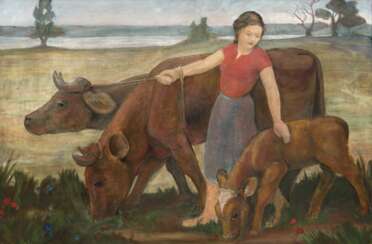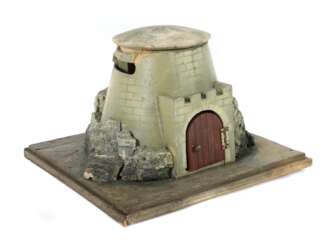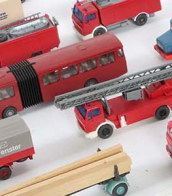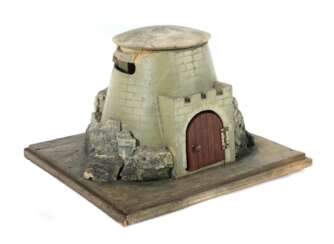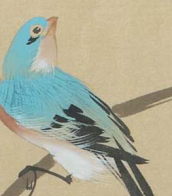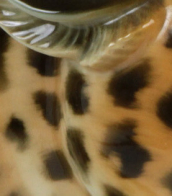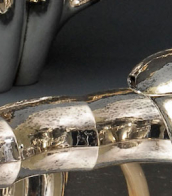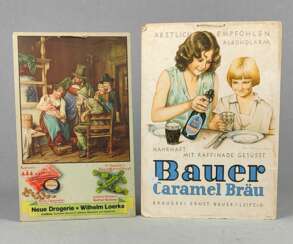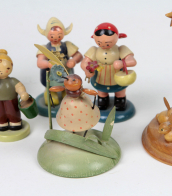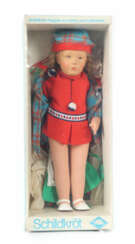pappe
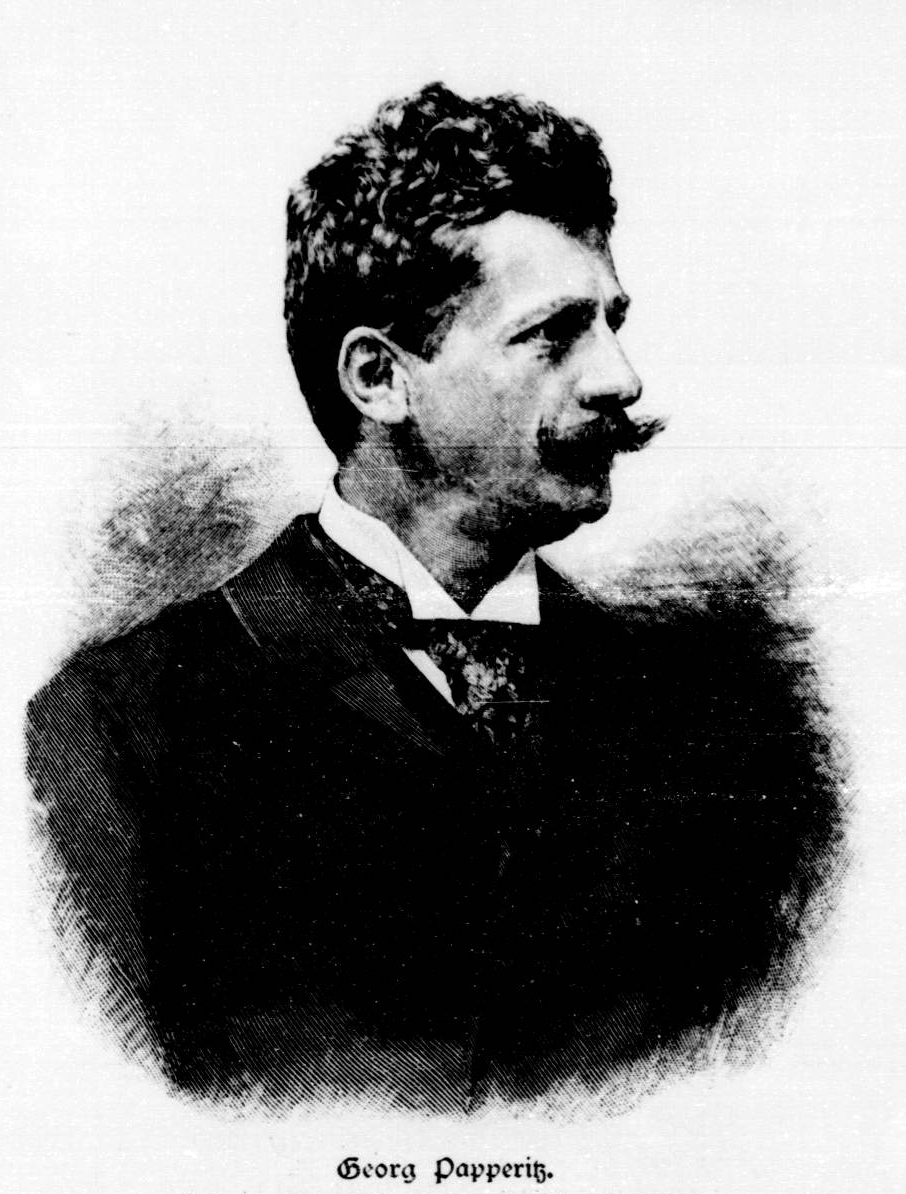
Friedrich Georg Papperitz was a German painter, poet and sculptor.
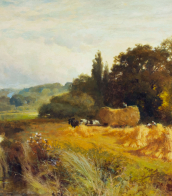

Friedrich Georg Papperitz was a German painter, poet and sculptor.
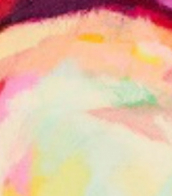
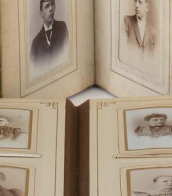
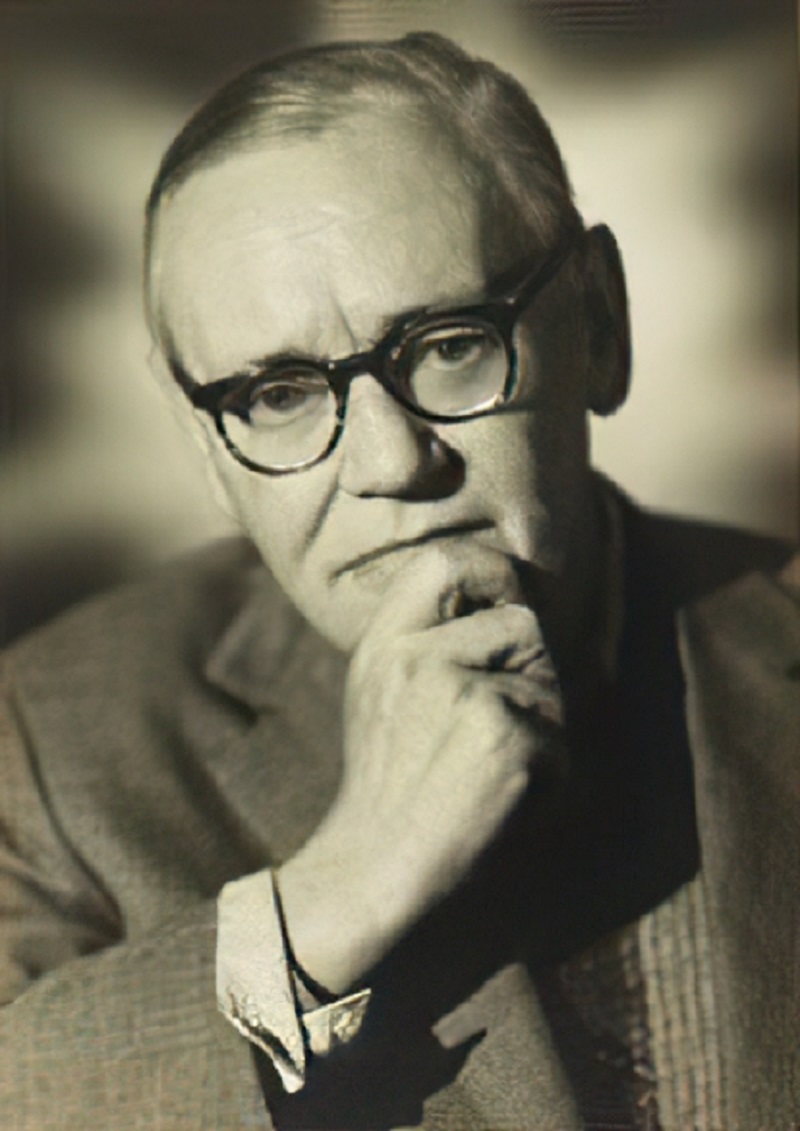
Willi Robert Huth was a German expressionist painter. He studied at the School of Arts and Crafts in Erfurt and Düsseldorf. During the First World War, he served as a soldier. In 1919 he began independent activities in Berlin as an artist. In the same year he joined the expressionist group Jung Erfurt.
With the onset of the Nazi regime, Huth was suppressed as an artist. Later he was even banned from holding exhibitions. Three of his works were confiscated during the "degenerate art movement." In 1944 his studio in Berlin was bombed and all his works were destroyed.
After the war Willy Robert Huth became a drawing teacher and then professor at the Academy of Applied Arts in Berlin.
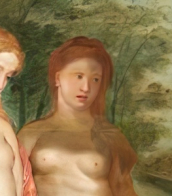
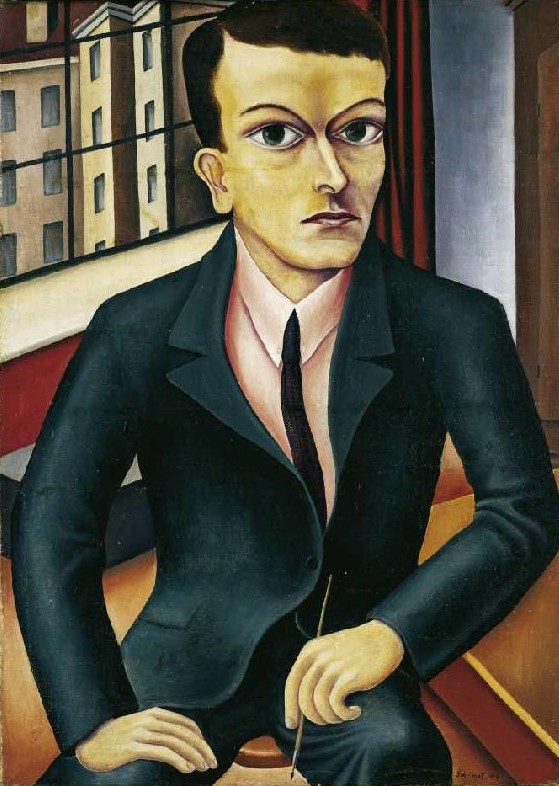
Georg Gerhard Schrimpf was a German self-taught painter and graphic artist, one of the greatest representatives of the New Objectivity movement.
Earning a living as a baker, waiter and so on, Georg constantly painted and perfected this skill. In 1915, Schrimpf moved to Berlin, where he first worked in a chocolate factory. He soon attracted the attention of the art historian, gallerist and publicist Gerwart Walden, who successfully exhibited Schrimpf's first oil paintings. He also created woodcuts for magazines. In 1920, Schrimpf exhibited for the first time at the New Secession exhibition at the Glass Palace in Munich, and a year later became a member of this group.
The motifs of Schrimpf's works were often women in melancholy moods, and his landscapes are of desolate, pure nature.
From 1926 to 1933 Schrimpf taught at the Munich School of Applied Arts, in 1933 he was appointed assistant professor at the Royal Art School in Berlin, and then the Nazi regime that came to power in Germany declared the artist's work degenerate, and 33 of Schrimpf's works were withdrawn from German museums. By the end of 1937, Georg Schrimpf was relieved of his teaching position in Berlin and died of heart failure a few months later at the age of 49.


Georg Gerhard Schrimpf was a German self-taught painter and graphic artist, one of the greatest representatives of the New Objectivity movement.
Earning a living as a baker, waiter and so on, Georg constantly painted and perfected this skill. In 1915, Schrimpf moved to Berlin, where he first worked in a chocolate factory. He soon attracted the attention of the art historian, gallerist and publicist Gerwart Walden, who successfully exhibited Schrimpf's first oil paintings. He also created woodcuts for magazines. In 1920, Schrimpf exhibited for the first time at the New Secession exhibition at the Glass Palace in Munich, and a year later became a member of this group.
The motifs of Schrimpf's works were often women in melancholy moods, and his landscapes are of desolate, pure nature.
From 1926 to 1933 Schrimpf taught at the Munich School of Applied Arts, in 1933 he was appointed assistant professor at the Royal Art School in Berlin, and then the Nazi regime that came to power in Germany declared the artist's work degenerate, and 33 of Schrimpf's works were withdrawn from German museums. By the end of 1937, Georg Schrimpf was relieved of his teaching position in Berlin and died of heart failure a few months later at the age of 49.
